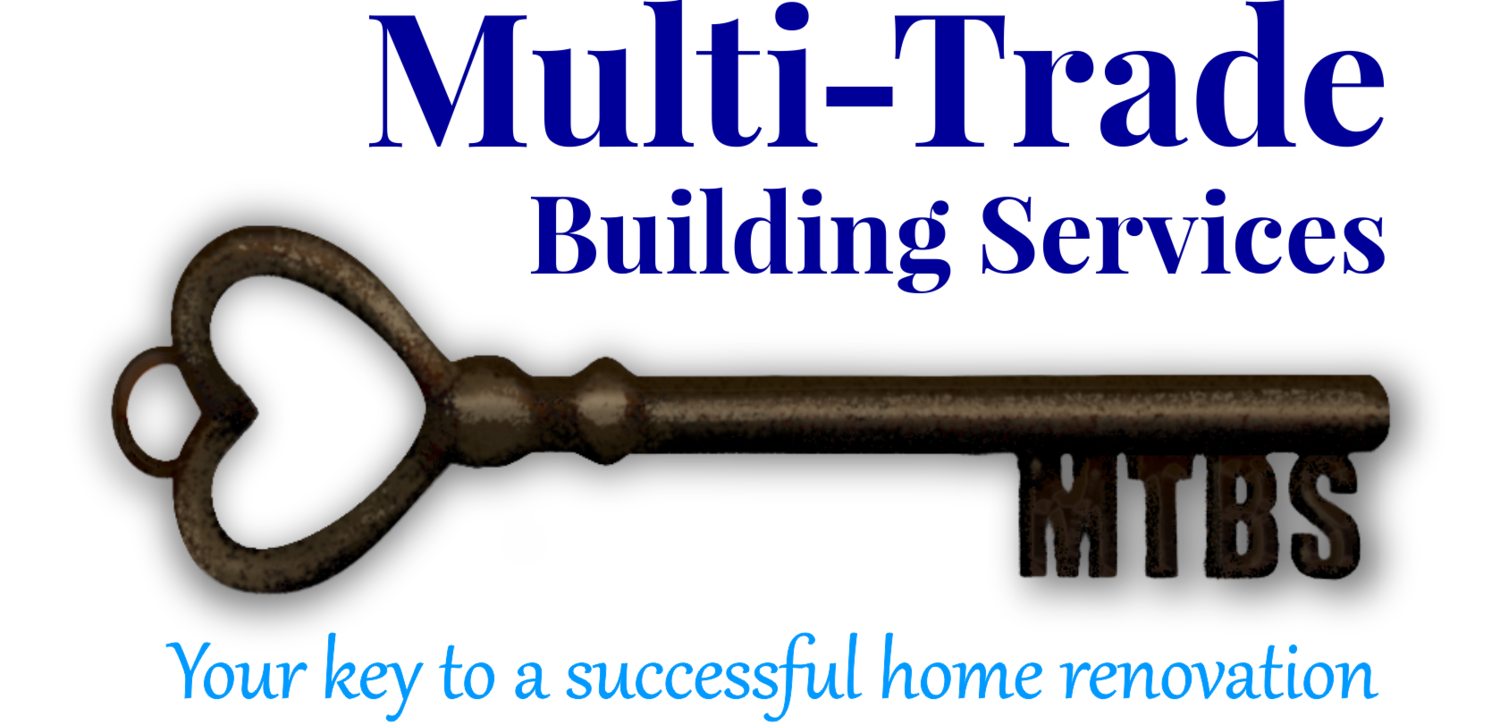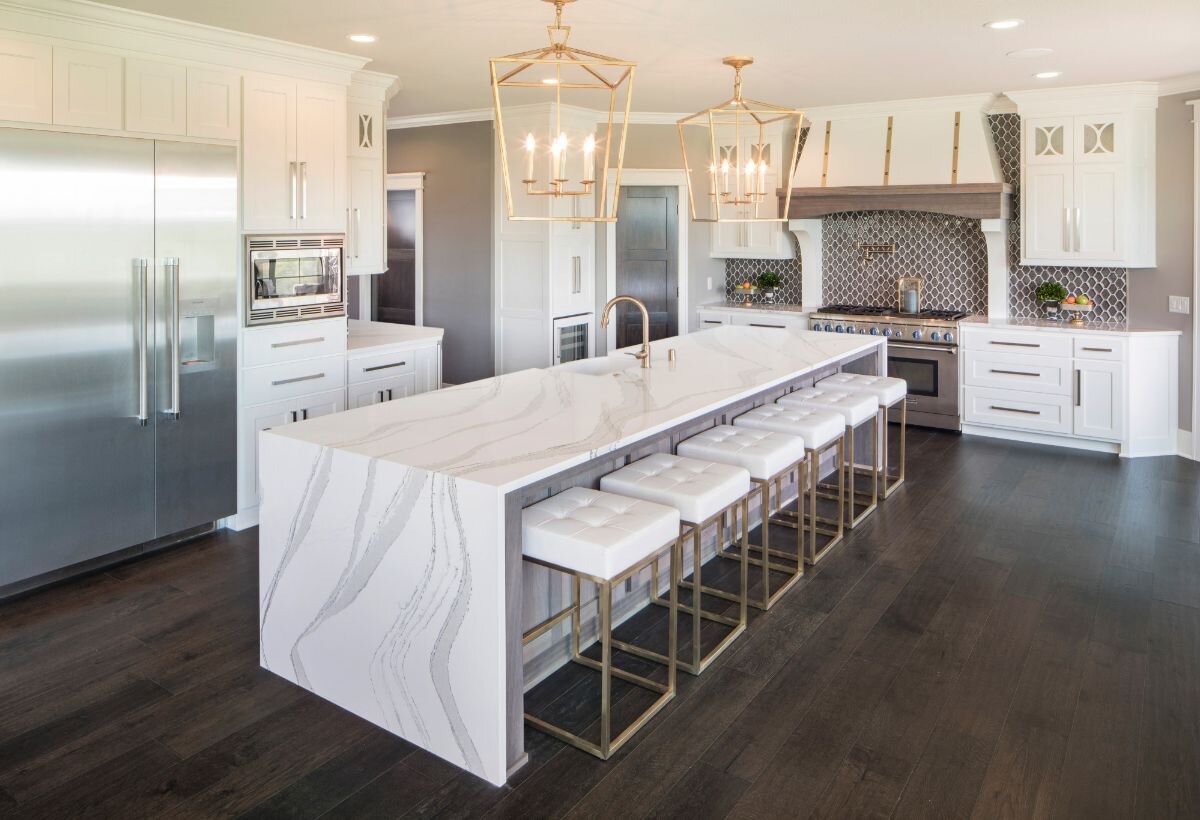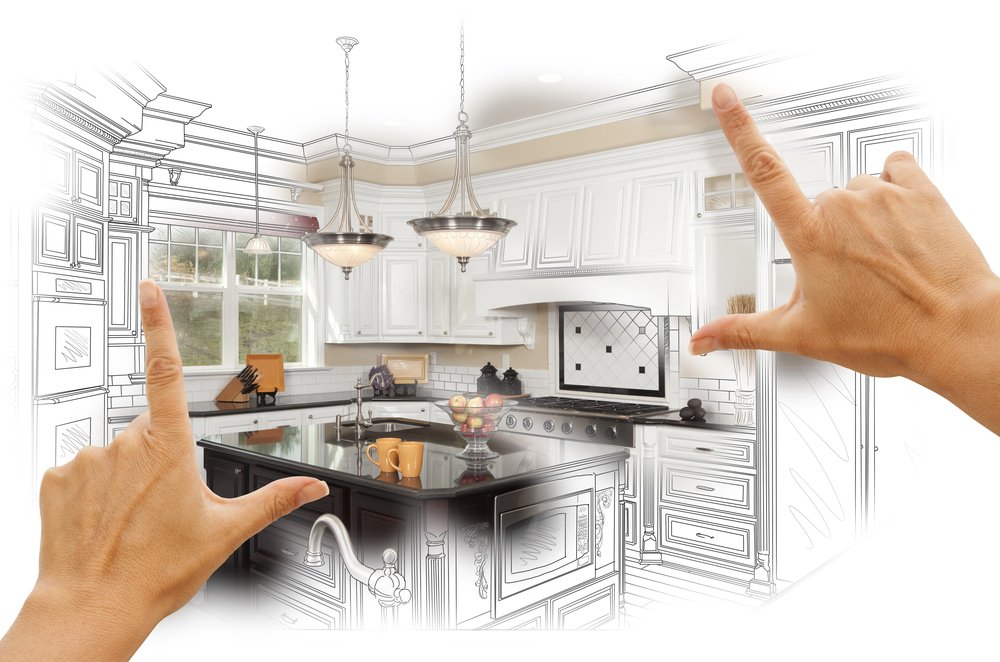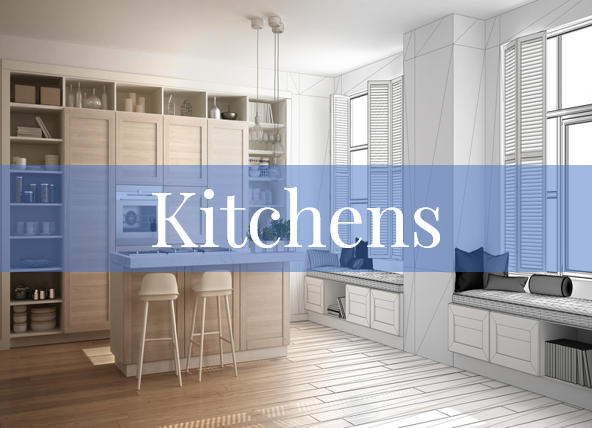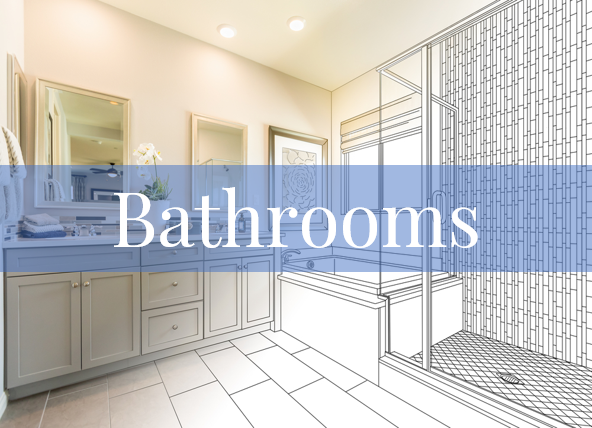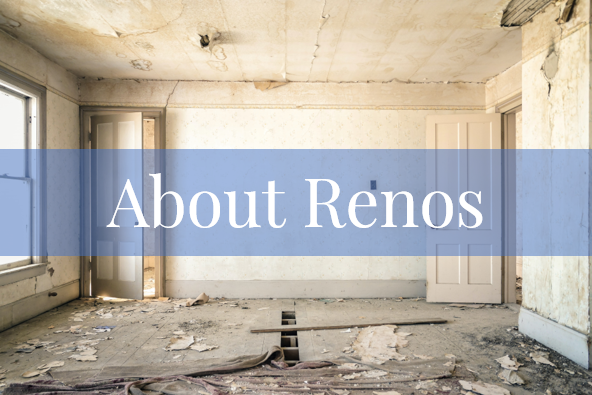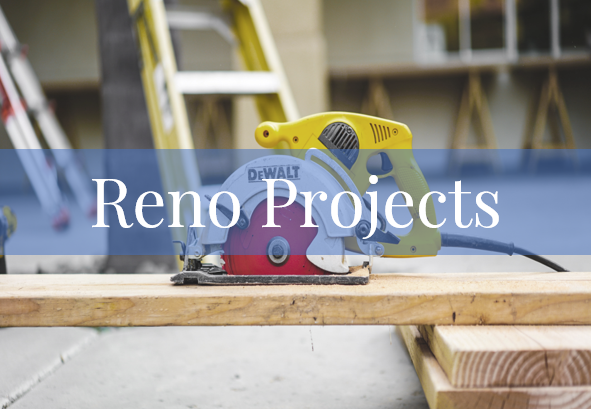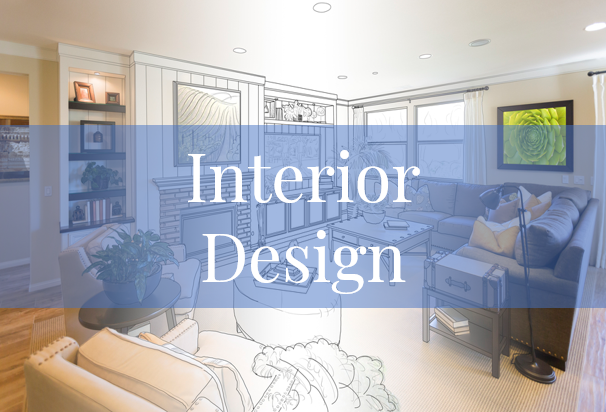The Beauty of a Waterfall Countertop
/This waterfall countertop is by Caesarstone, ‘Coastal Grey’.
In the world of contemporary and modern kitchens and bathrooms, few ideas have prompted more interest than the waterfall countertop. As a bold, dramatic statement, a waterfall countertop doesn’t work in all homes, but in those that do, it is a focal point and a conversation piece! We talk about this trend that’s been around for over ten years and discuss the pros and cons of installing a waterfall countertop.
What is a waterfall countertop?
Conventional countertops consist of a slab resting on top of cabinets or an island. This can be beautiful on its own, particularly when the countertop material is made of stone. However, a waterfall countertop creates a very dramatic effect.
A waterfall countertop is when the counter material continues down the sides of the cabinets, usually on both ends. However, it can be on just one end. A waterfall countertop creates a cascading effect with the countertop material.
Waterfall countertops are typically made of stone, most often marble, granite, or quartz. We’ve also seen it made of wood. Our preference is quartz, as it can be difficult to match the veining in other materials.
This is a Cosentino Dekton 'Entzo' countertop. Inspired by the Calacatta Gold marble. Realism and naturalness are breathed between the random shapes that draw their golden veins.
Will it work in my home?
A waterfall countertop is an elegant design statement with a modern, sleek look. Typically, a waterfall countertop looks best in contemporary or modern settings. It’s not the best look for traditional decor. However, if you have an open floor plan between your kitchen and dining area, this can create a cohesive look between the two areas, no matter what style the rest of your home is. A waterfall countertop becomes a sculptural object in your home.
Although overhangs on the end of the island are generally designed to create more space to sit and eat, these overhangs can look awkward as they extend into empty space. Installing a waterfall countertop instead will create a flow, and the waterfall will also conceal bar stools at the overhang.
Silestone 'Eternal Calacatta Gold' waterfall countertop. Patterned with a blueish and grey vein plus golden shades, it is one of the most desired natural stones in history due to its whiteness. Eternity and elegance
How are waterfall countertops made?
Waterfall countertops are typically 2cm or 3cm thick. Your countertop fabricator will send someone out to take measurements of your space. Do not take your own measurements because if they are off even slightly, you could end up paying for the mistake. The cutting of your countertop is done with computer-controlled machines. Most often, a mitered joint is used where both pieces of stone are cut at 45-degree angles. This hides the joint line and creates a seamless corner. However, mitre joints can be fragile, so be sure you have an experienced fabricator and installer. You can do a stacked edge if you prefer, and this will often reduce the costs as well.
Cambria's 'Brittanicca Block' features Brittanicca™, one of Cambria’s signature designs, laid in parallel lanes with unique veining, patterns, and tonality set against a milky white background.
Making the right choices with your countertop
Part of a waterfall countertop’s beauty is its simplicity. While it’s certainly possible to include various edge profiles in your waterfall design, a square edge almost always looks better.
You also want to choose your seating wisely. Because a waterfall countertop makes a bold statement, you want to accessorize properly with your seating choices. Wood chairs make a great choice with a bold quartz countertop.
So what size should your overhang be? Overhang sizes can vary greatly. It can be as little as 10" up to 18". Larger overhangs are more suited to a waterfall island that you intend to sit at regularly, while the smaller dimensions are fine for occasional seating.
Cambria 'Buxton' waterfall countertop. This stone also envelopes the island. Bold yet never overbearing, 'Buxton' depicts an industrial, grainy concrete foundation intermixed with grey and cream daubs and a constellation of white speckles.
Pros of a Waterfall Countertop
In addition to looking great and offering a place to dine, waterfall kitchen islands can provide an extra layer of protection for the cabinets underneath. Belt buckles, utensils, and chairs can all scratch your cabinets. Quartz is very resilient and unlikely to scratch.
A waterfall countertop can be a stunning focal point. It will link floor design with cabinetry and countertops. It suddenly turns your ordinary island into a stunning piece of furniture.
It can also be a great option for a vanity, as it seamlessly connects the countertop to the walls or flooring.
They are easy to clean. When compared to dusting the joints of cabinets, cleaning the surface and edges of a waterfall counter is much simpler.
If used in the right setting, you will get a great return on your investment. Consult with a designer to ensure a waterfall countertop is right for your island.
Cambria 'Brittanicca' offers a creamy marbled background of neutral white that provides a stage on which grey islands and peninsulas meander among intertwining ashen veins dotted with veiled charcoal speckles.
Cons of a Waterfall Countertop
No doubt about it... Waterfall countertops are expensive! You are using more countertop material, plus there is usually an additional fabrication charge.
Having additional outlets on the island can be more difficult, as they are most often installed on the sides of the cabinets. It doesn’t cost more from the electrical side, but there will likely be a fee for cutting the stone for the receptacle opening. The appearance of having an outlet on the side of the stone can also be undesirable.
Waterfall countertops don’t look great in every style of home. Although they are jaw-dropping, they are primarily suited for modern and contemporary kitchens and may look out of place in a traditional home.
They do limit seating as they confine the use of stools to a demarcated area, leaving no room for additional seating on the ends. However, if you need more seating, install the waterfall edge on only one side of the counter, leaving the other side open.
Cambria 'Oakmoor' captures muted tones of cream, tan, and copper drifting alongside linear waves of graduated greys reminiscent of stately wood aged to perfection.
Waterfall countertops are absolutely stunning! They will grab the attention of your guests and impress your neighbours, family, and friends. These waterfalls are not for every home, as they typically best suit contemporary or modern homes. They are a significant investment, so you want to be sure this style is suited for your tastes and, most importantly, your budget. Talk to an interior designer, kitchen designer, or kitchen contractor before you make a final decision.
